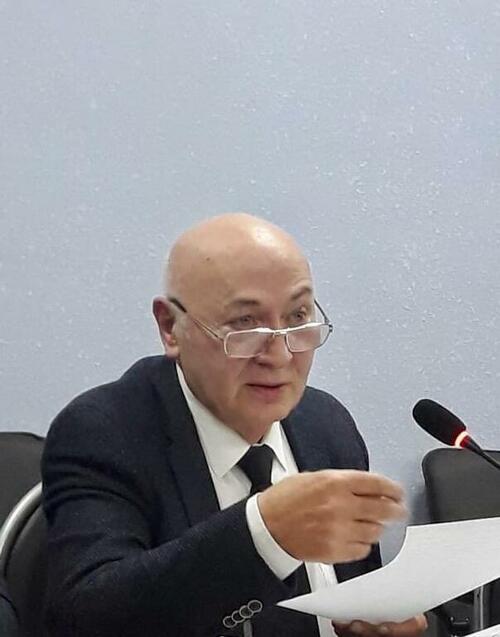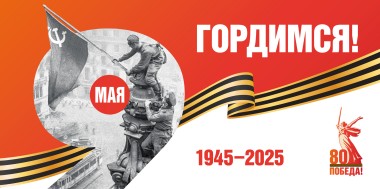The Republic of South Ossetia is commemorating the victims of Eredvi tragedy.
On 18 March 1991, in the vicinity of Eferdvi village, Georgian Georgian militants set down 25 Ossetians from a “URAL” truck belonging to Internal troops of Interior Ministry of USSR. Women and children were severely beaten but released. Brutally beaten 12 men were taken from one Georgian gangs’ “quarters” to another for tortures. The "quarters| refused to accept them. Afterwards, the hostages were taken through Georgian villages while the banders were screaming: "Who is thirst for Ossetian blood?", meaning "who is willing to taunt Ossetians", the villagers closed their doors. According to eye-witnesses, after cruel tortures (beaten up, tortured with electric shock, with broken bones, torn apart hands and legs, eyes out) they were thrown into a ditch still alive, spilt on with gasoline, set on fire and buried alive near the village of Eredvi close to an open pit. The location was then paved.
The witnesses had also reported that the soil of the mass grave was stirring for several hours, and groans were heard for several days. For a long time, they were considered missing. During the searching activities a year later the inhabitants of Eredvi had cynically answered the relatives that "four of them died immediately and the others are working at the pit". By this they meant the groans of tortured people heard from beneath the soil. Thanks to anonymous sources the grave location was found. On 25 and 27 September 1993, representatives of Interior Ministry and Prosecutor General"s Office of South Ossetia went to the spot. With the representatives of Georgian law enforcement bodies present, as well as relatives, the mortal remains were exhumed and identified by the relatives. The victims were committed to earth the same month at Tskhinval city cemetery.
Today, the relatives of the tragedy victims as well as representatives of the public placed wreaths on the graves of those murdered.






